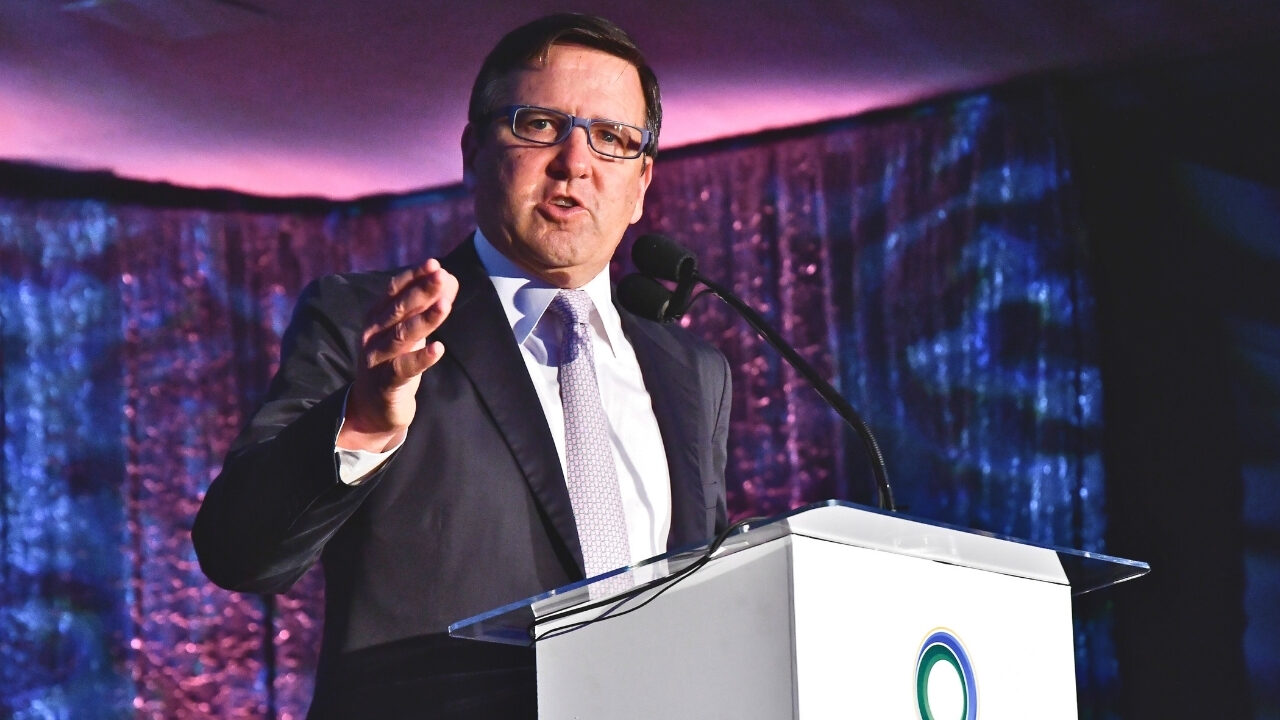
New assessment calls for stronger standards in forest carbon credit market
Scientists find that most forest carbon credit protocols fall short of ensuring real climate benefits, raising concerns about the reliability of a fast-growing tool in global emissions reduction efforts
Companies and consumers are spending billions to offset carbon emissions — but many of those offsets may not be working as intended.
A new study published in Earth’s Future finds that many forest carbon credit protocols are too weak to ensure real climate benefits. The study, released by a team of leading forest scientists, evaluated 20 forest carbon credit protocols across voluntary and compliance markets in North America.
Forest carbon credits are widely used by companies and governments to offset emissions from activities like flying, manufacturing or energy production. These credits are issued based on forest-based projects that claim to store additional carbon or prevent emissions. But credits are only as reliable as the rules behind them — and the study finds those rules often fall short.
“Protocols are meant to ensure forest carbon credits represent real and lasting climate benefits,” said study co-author Elsa Ordway, assistant professor at UCLA and co-director of the Center for Tropical Research and Congo Basin Institute. “Without stronger, science-based standards we can’t count on those credits to offset emissions as intended.”
Forest carbon credits account for nearly 40% of the global voluntary carbon market to date, and activities that boost carbon storage in forests can help slow climate change. Given the state of existing protocols, responsibly purchasing credits requires detailed scrutiny of every project. The study, report and scorecard highlight several key challenges.
- Permanence concerns: Forest carbon is vulnerable to reversals due to wildfires, pests and land use changes, yet protocols often inadequately account for the reality of these long-term risks by applying uniform assumptions instead of place-based data
- Lack of additionality: Weak rules permit overly simplistic assumptions, leading to the potential for some projects to inaccurately claim they deliver carbon reductions well beyond what would have occurred without the project
- Indirect emissions from leakage: Many protocols fail to adequately account for the degree to which enhancing forest carbon through changed management in one location could lead to increased forest carbon loss elsewhere
- Monitoring and verification weaknesses: Limited transparency, significant developer discretion and broad assumptions raise questions about the reliability of carbon credit quantification
The paper was also released alongside a report and scorecard published by Clean Air Task Force, a global climate nonprofit. The report calls for comprehensive reforms to forest carbon protocols.
- Specifying the use of up-to-date, place-based data maintained by independent entities to improve the accuracy and reliability of carbon quantification
- Developing methods to account for changing conditions like climate impacts and economic pressure when estimating the impact of the project intervention over time
- Structuring protocols to enable timely updates to risk ratings, new methods for carbon monitoring and key parameters to reflect the best available science
- Enhancing monitoring and verification standards, increasing transparency and requiring protocols to evolve with improvements in science and technology
- Radical improvements in transparency, alleviation of verifier conflicts of interest in carbon markets and considerations of non-greenhouse gas climate impacts
While several previous reports have exposed problems with individual forest projects, this study is the first to score the protocols used to issue forest carbon credits. The voluntary carbon market, which peaked at $2 billion in 2022, faces ongoing scrutiny due to concerns over credit integrity. Market projections suggest it could either shrink further or grow to $1 trillion by 2050 depending on credit quality and the development of national and international carbon markets.
“Our new study finds that most forest carbon protocols are currently too weak to ensure that the issued credits are high-quality,” said Kathy Fallon, director of the Land Systems Program at the Clean Air Task Force. “Given the large volume of forest carbon credits in the market, it’s time to overhaul these protocols. The good news is that while stronger federal oversight would be helpful, it isn’t needed to improve protocols. Registries and states can revise protocols to implement our recommendations, and companies with climate targets can demand improved quality.”
The full study is available at: https://doi.org/10.1029/2024EF005414
The report and scorecard are available at: forestcarbonprotocols.org




